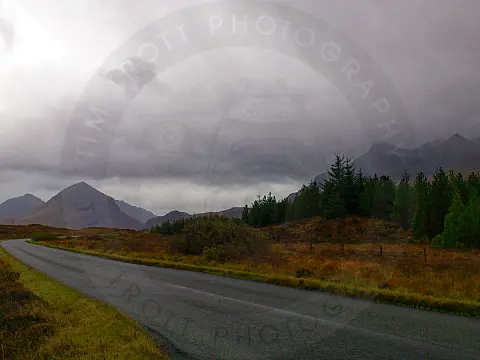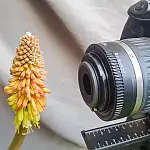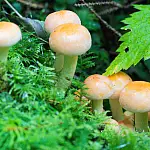Master Natural Lighting Photography with Window LightingUnleash creativity and make beautiful flower photos with natural lighting. Our guide shows you how to master window lit floral photography.
When photographing outside, the soft, flat light created by an overcast or cloudy sky can be problematic. However, it's ideal for inside illumination. Controlling where this light falls and, more crucially, where it doesn't is key to effectively using window light. Here, we'll demonstrate how to use reflectors, diffusers, and shades to manage natural light. Any lighting you utilise will benefit from these skills; even a full studio flash setup is built on the same ideas.
The Rules for Mastering Natural Lighting Using Window Light
Consider the source of your source of light. You obviously can't change the window, therefore to control this, move your subject.
You'll get flat, even light with the window immediately in front of the subject, but you might run into issues if shadows from you or your camera fall on the subject. A better choice is to place your subject such that it is directly across from the window.
A gentle side light will be produced by this arrangement, which is ideal for highlighting shape and texture. When employing light modifiers like reflectors and diffusers, side lighting is also appropriate. Reflectors aid to brighten shadows and lessen contrast by being positioned typically on the side opposite the light source. Diffusers, which are put between the light source and the subject, produce a comparable result.
A black "reflector" can boost contrast while diffusers and reflectors work to lessen it. This is the simplest way to describe it even if it doesn't solely reflect light because its positioning and basic usage are comparable to those of a white or silver reflector. By lowering the amount of light reflected into the shadows, placing a blackboard across from your light source will aid in making them darker.
Find a window that works for you and a straightforward subject, then experiment with various light modifiers to see how they alter your photographs.
Master Natural Light Diffusion
Here are a few simple ways to diffuse the light from a window with items you may have around the house.
Window Light Only
The naturally diffused light illuminates the flower, leaving some detail in the shadows.
White Reflector
This lightens the shadows, making it perfect for even illumination.
Silver Reflector
Created even lighter shadows. This extreme effect can look a little overdone in some flower shots. You can experiment with smooth vs crumpled reflectors to create extra lighting effects.
Black Reflector
Reducing the light reflected produces darker shadows and more obvious texture.
Diffuser
Placing a diffuser between the window and the flower produces a softer light.
Backlight
Can produce a very soft-looking result, as there is almost no light falling onto the subject and can be used to highlight edges and reveal the internal structure of leaves and petals.
Detailed Instructions for Basic Natural Lighting
Here's how to create a straightforward yet impactful flower image using your newly acquired lighting techniques.

Select A Backdrop
Use the coloured card as the fundamental background for a brighter, more eye-catching image. I used a green background to contrast with the pink blossom for the most visual impact. Try playing around with others' colours. By placing the background further away you can blur the background with a shallower depth of field.
Camera Settings for Window Light Photography
Focus on the stamen in the centre of the flower using manual focus while your camera is mounted on a tripod. Set an aperture of f/8 in manual or aperture priority exposure modes to provide enough depth of field to keep the nearest petals in focus.
Add A Reflector
I used a white reflector placed just to the right of the flower to reflect light into the centre of the bloom. The inside of the flower appeared to be extremely bright due to an excessively strong silver reflection.
















